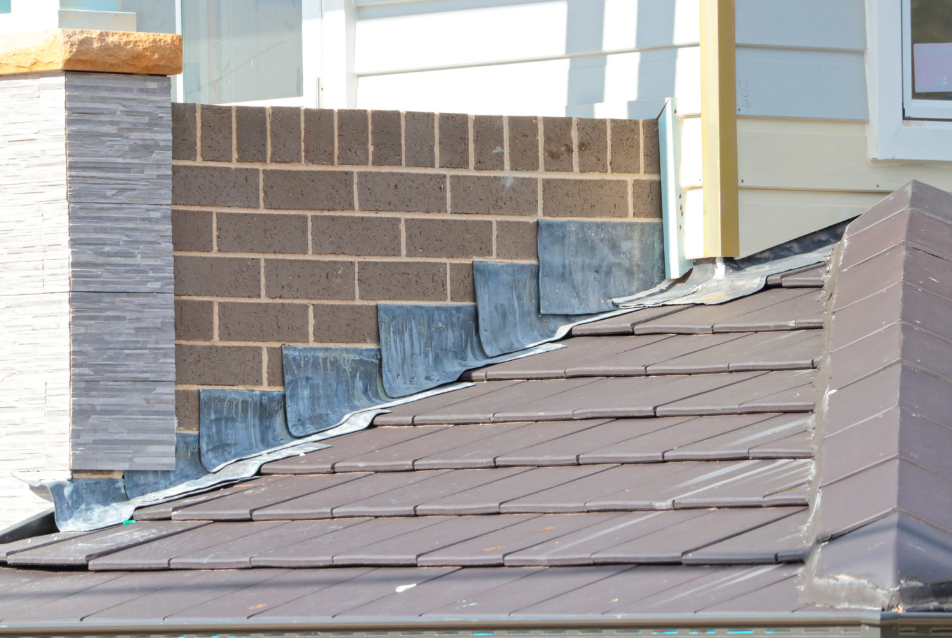In the intricate world of building construction and maintenance, some components are vital yet often overlooked by the everyday homeowner. Today, we’re shining a light on one such essential element: roof flashings. These components play a critical role in protecting your home from water damage, a guardian at the junction points of roofing materials.
What are Roof Flashings?
Roof flashings are sheets or strips of water-resistant material installed at critical points on the roof to direct water away from key areas where the roof surface intersects with another surface. These areas include valleys, chimneys, vents, and where the roof meets walls. The primary purpose of roof flashings is to prevent water from seeping into the roof and causing damage to the interior of the home.
Materials commonly used for roof flashings include aluminum, copper, galvanized steel, and sometimes rubber or plastic for specific applications. Each material offers its own set of advantages regarding durability, cost, and adaptability to various architectural styles.
Why are They Crucial?
The importance of flashings cannot be overstated. They are the unsung heroes that maintain the integrity of your roof and home. Here’s why:
- Leak Prevention: Properly installed flashings are critical in preventing leaks, which can lead to costly damages inside your home.
- Longevity: By directing water away from vulnerable areas, flashings extend the life of a roof.
- Energy Efficiency: Minimizing water intrusion helps maintain the effectiveness of insulation, contributing to a home’s overall energy efficiency.
Installation Considerations
The effectiveness of roof flashings hinges not just on the quality of materials used, but also on the precision of the installation process. Incorrectly installed flashings can lead to disastrous outcomes, contradicting their very purpose. Therefore, it’s imperative that installation is carried out by experienced professionals who can ensure that all junction points on the roof are adequately protected.
For homes featuring corrugated roofing, special attention is needed to match the profile of the flashings with the corrugations, ensuring a tight, effective seal. This underscores the importance of considering the unique aspects of your roofing material when selecting and installing flashings.
Conclusion
In the grand scheme of a home’s construction and maintenance, roof flashings may seem like small components, but their contribution to a home’s durability and safety is immeasurable. They protect against water damage, contribute to the longevity of your roof, and play a role in maintaining your home’s energy efficiency. Given their importance, ensuring that these vital components are correctly selected and installed should be a top priority for any homeowner. In doing so, you’re not just maintaining a roof; you’re preserving a home.

